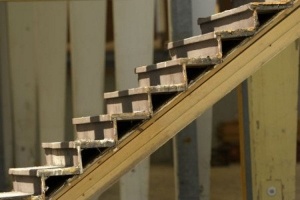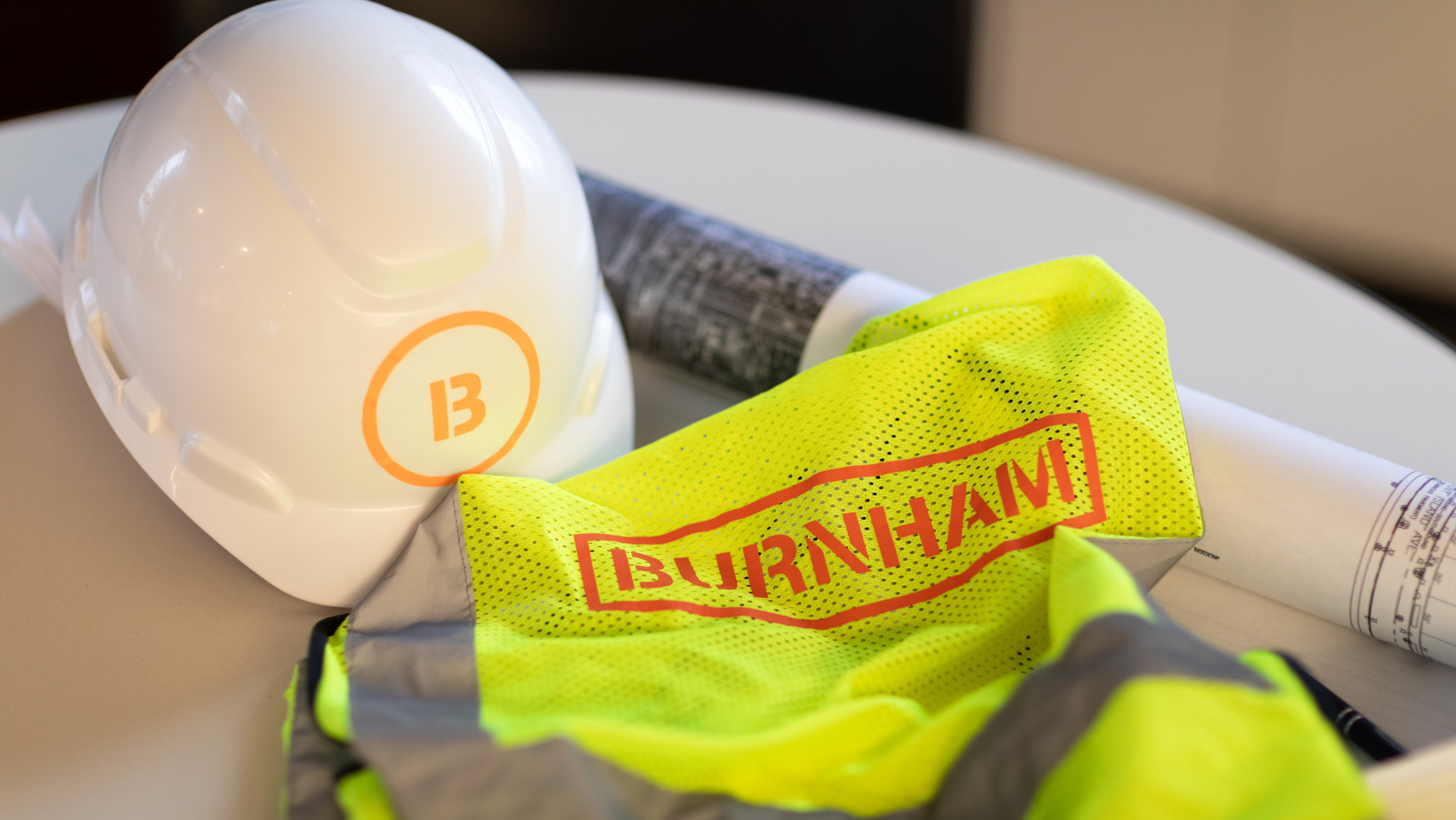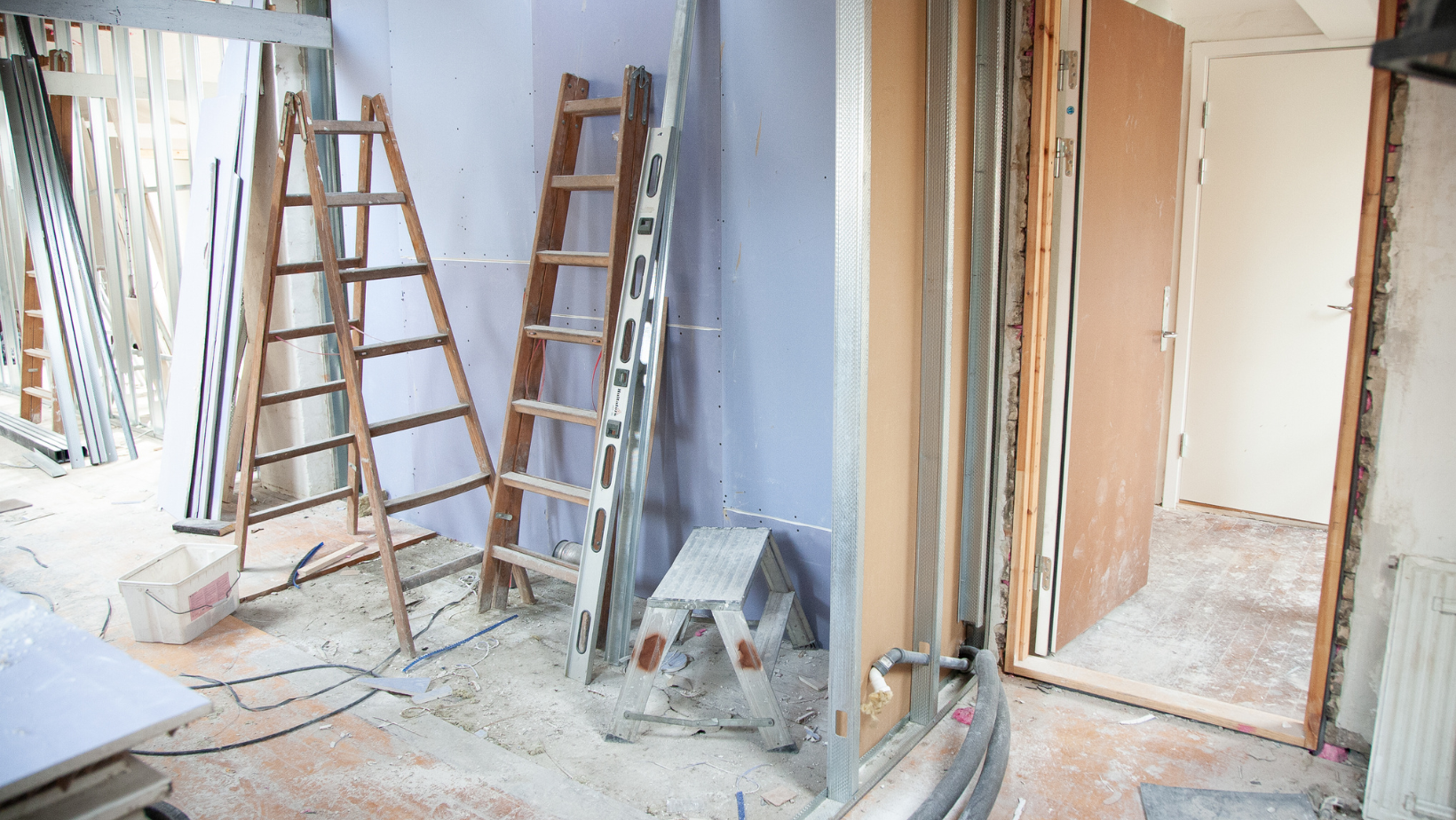5 Common NYC Building Code Violations and How to Remove Them | Burnham Nationwide

Posted by Tom Walsh

In New York City, public safety and building compliance are of the utmost concern. With over one million buildings across the city, it is essential for each structure to follow the regulations and codes enforced by the Department of Buildings (DOB). This year, the DOB introduced a new Industry Code of Conduct to promote integrity within the construction industry. In addition, Mayor de Blasio announced increased penalties for serious construction safety violations.

image by Colton Duke
If a building is not in compliance with the DOB’s laws, it will be issued a violation. However, not all DOB violations are the same. Some may serve as the basis for a criminal court summons and prosecution. Others may not carry immediate fines or penalties, which might tempt building owners to ignore them. But these violations can still have serious consequences. When a property is being bought, sold, or renovated, a routine title search will reveal any outstanding DOB violations. This can stall construction activity and delay transactions until the violations are resolved.
Any violation is a public safety concern and should be resolved as soon as possible. If you’re wondering how a violation is issued or how to respond to one, contact Burnham. We're here to help.
Below are the most common NYC DOB violations and how to fix them.
What Happens When a Complaint Is Filed?
- Once the NYC Department of Buildings (DOB) is notified typically by a tenant or concerned neighbor of a non-compliance issue, the department commissioner issues a notice and an order to correct the violation. This notice is entered into the DOB’s Buildings Information System, where it remains until the problem is resolved. During this period, the department will not issue a new or amended Certificate of Occupancy.
- As previously mentioned, these violations may not always come with immediate monetary fines. However, owners may face significant financial consequences if they are summoned to court and prosecuted for injuries, loss of belongings due to a neglected problem or if they lose a potential commercial tenant because violations haven’t been resolved.
- A violation filed against the property will prevent the owner from selling, refinancing, or obtaining construction permits until the issue is resolved and the violation is cleared from the online record.
You can always avoid a complaint altogether and contact Burnham for a comprehensive review.
Most Common Violations
Violations can range from structural safety concerns to environmental code issues, but the following are among the most frequently cited by the DOB:
1) Failing to Provide Adequate Heat and Hot Water
One of the most common building violations involves temperature and hot water maintenance. Buildings must maintain an indoor temperature of 68°F when the outside temperature is below 55°F during the day, and 55°F indoors when it’s below 40°F at night. Hot water must be consistently provided at a minimum of 120°F.
2) Absent Carbon Monoxide and Smoke Detectors
Building owners are required to install at least one carbon monoxide detector and one smoke detector in each long-term rental unit or commercial space. While tenants are responsible for maintaining them, the owner must ensure the correct detectors are provided and functional.
3) Door and Window Locks That Require a Key to Exit
For fire safety and emergency response, door and window locks must allow quick exit without the need for a key. Having to search for a key during an emergency can have life-threatening consequences.
4) Mold and Pests
Tenants are expected to maintain basic cleanliness. However, if mold or pest infestations become excessive due to unchecked conditions, the responsibility falls on the property owner. These environmental violations can impact health and violate multiple safety codes.
5) Lack of Accessibility
Title III of the Americans with Disabilities Act (ADA) is especially important for architects, contractors, and property owners. It impacts how public spaces are designed and maintained. From new constructed buildings to historic properties, accessibility features are often missing or outdated which results in violations.
Fixing the violation
The ADA recognizes that correcting every access barrier isn’t always simple. That’s why it outlines flexible requirements for compliance. There are 21 examples of ways to improve accessibility, and here are the top five solutions commonly used:
Accessible Solution: Barrier Removal
- Installing ramps;
- Making curb cuts at sidewalks and entrances;
- Repositioning shelves;
- Rearranging furniture or equipment to improve maneuverability.
- Adding raised letter and Braille signage on elevator control buttons.
Fixing a Violation
The timeframe to correct a violation depends on its classification. Here are the standard deadlines:
- Class A (Non-hazardous): 90 days
- Class B (Hazardous): 30 days
- Class C (Window guards or lead-based paint): 21 days
- Class C (Heat and hot water): Immediate
- Class C (All other emergencies): Within 24 hours
The DOB citation will include a “cure by” date or hearing date. If the owner corrects the issue and it’s certified before that deadline, the hearing is canceled and the DOB may issue a new or updated Certificate of Occupancy.
If you need to report a violation, you can do so by calling NYC’s non-emergency hotline. And if you're managing a construction project and want to avoid future setbacks, we recommend working with a qualified code consultant to stay fully compliant.
Our experts can help you understand the regulations, resolve issues quickly, and move your project forward with confidence. If you have any questions, Ask us Anything.





